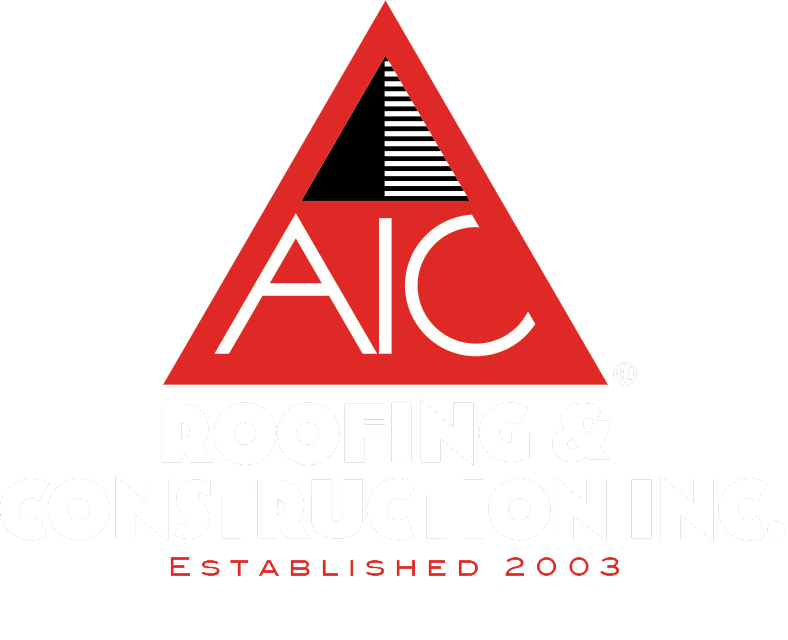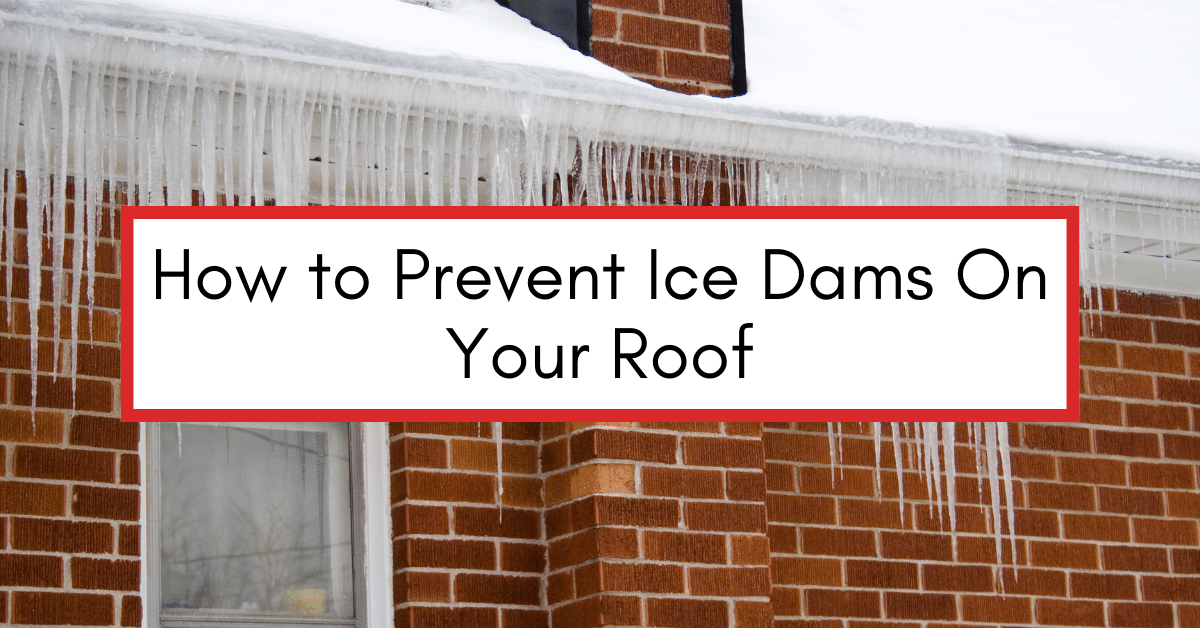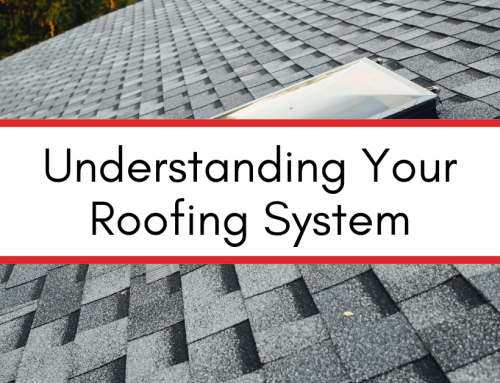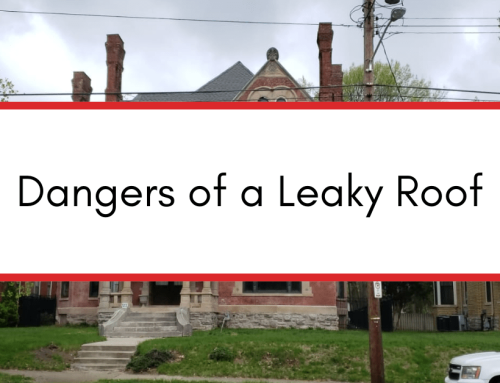Ice dams are a common problem many homeowners face during the winter season. These icy formations can cause significant damage to your roof and even lead to leaks inside your home. Understanding ice dams, the science behind their formation, and implementing preventative measures are essential to protect your roof. This article will discuss all these aspects and provide long-term solutions for ice dam prevention.
Understanding Ice Dams
What are Ice Dams?
Ice dams are ridges of ice that form along the edges of your roof, particularly on the eaves. They prevent the proper drainage of melting snow, causing water to back up and seep beneath the shingles. This can lead to water damage to your roof and cause leaks inside your home.
As snow accumulates on your roof, heat from your home can cause it to melt. The melted snow then flows down the roof towards the eaves. However, when it reaches the colder edges of the roof, it refreezes, forming a barrier of ice. This barrier, known as an ice dam, prevents the water from properly draining off the roof.
Ice dams can vary in size and thickness, depending on factors such as the temperature, amount of snow, and the condition of your roof. They can range from a few inches to several feet in height, and their weight can strain your roof excessively, leading to structural damage.
The Dangers of Ice Dams
One of the most significant dangers of ice dams is the potential for water damage. As the water backs up behind the dam, it can find its way into your home, seeping beneath the shingles and causing leaks. This can damage your roof, ceilings, walls, and belongings. The longer the ice dam remains, the more extensive the water damage can become. The weight of the ice dam can put excessive strain on your roof’s structure. Roofs are designed to withstand a certain amount of weight, but when ice dams form and continue to grow, they can exceed the roof’s load-bearing capacity. This can lead to structural damage, such as sagging or even collapse in severe cases.
In addition to the immediate damage caused by ice dams, there are long-term consequences. When water seeps into your walls and attic, it can damage the insulation, reducing its effectiveness. This can result in higher energy bills as your home loses heat quickly. Moreover, the moisture from the trapped water can create the perfect environment for mold and mildew to thrive, posing health risks to you and your family.
Another danger associated with ice dams is the risk of falling ice or icicles. As the ice dams grow, they can create large icicles hanging from your roof’s edge. These icicles can break off unexpectedly and fall to the ground below, posing a risk to people and property. It is essential to take precautions and ensure the safety of yourself and others during the winter months when ice dams are present.
The Science Behind Ice Dam Formation
Weather Conditions
Ice dams are often a result of specific weather conditions. When the upper portion of your roof warms up due to inadequate insulation or heat escaping from your home, the snow on the roof starts to melt. As the melted snow flows down to the colder edges of the roof, it refreezes, forming the ice dam. However, ice dam formation does not solely depend on the roof’s temperature. Other weather conditions also play a significant role. For instance, if the outside temperature remains below freezing for an extended period, the melted snow will freeze quickly, leading to the rapid formation of ice dams.
The Role of Insulation and Ventilation
Proper insulation and ventilation are crucial in preventing ice dams. Insulation helps to keep the heat inside your home, reducing the temperature difference between your roof and the outside air. This insulation can be fiberglass, cellulose, or foam insulation, effectively reducing heat loss. Insulation prevents heat loss and helps maintain a consistent temperature throughout your home. By minimizing temperature fluctuations, insulation reduces the likelihood of snow melting unevenly on the roof, which can lead to the formation of ice dams.
Ventilation, however, is vital in maintaining proper airflow in your attic or roof space. It allows fresh air to enter and circulate, preventing the buildup of warm air that contributes to ice dam formation. Proper ventilation can be achieved by installing ridge vents, soffit vents, or gable vents, depending on the design of your roof. In addition to preventing ice dams, insulation and ventilation have other benefits. They help improve energy efficiency, reduce heating and cooling costs, and prevent condensation and mold formation in your home.
Preventative Measures
Improving Your Home’s Insulation
One of the most effective ways to prevent ice dams is by improving your home’s insulation. Start by insulating your attic floor to minimize heat transfer from your living space to the roof. Additionally, check for gaps or cracks in the walls, ceilings, and windows, as these can contribute to heat loss.
Proper Ventilation Techniques
Inadequate ventilation can trap warm air in your attic, leading to the formation of ice dams. Installing soffit vents and ridge vents allows for proper airflow, preventing the buildup of moist air that can contribute to ice dams. Consult with a professional to ensure proper ventilation in your attic.
The Importance of Roof Raking
Routine roof raking during the winter can help prevent the buildup of excessive snow on your roof. Use a roof rake to gently remove the snow, starting from the roof edge and working your way up. However, exercise caution while doing this, as falling snow or ice can pose risks.
Long-Term Solutions for Ice Dam Prevention
Installing Heat Cables
Heat cables, also known as heat tapes, are electric cables that can be installed along the edges of your roof and in the gutters. These cables generate heat that prevents the formation of ice dams. Proper installation is crucial to ensure their effectiveness and safety.
Upgrading Your Roofing Material
Choosing the right roofing material can also help in preventing ice dams. Opt for materials with better insulation properties, such as metal roofs or asphalt shingles, with a higher insulation rating. These materials can resist heat transfer from your home to the roof, reducing the risk of ice dam formation.
In closing
By understanding the causes and dangers of ice dams, implementing preventative measures, and considering long-term solutions, you can effectively prevent ice dams from damaging your roof. Regular maintenance and proactive addressing of the issue will ensure the safety and longevity of your roof during the winter season.
Whether you’re looking for a high-quality roof installation, repair, or new gutters and siding, AIC is here to help. We believe in and practice the best customer service possible, including showing up on time, following through on what we say we’ll do, and treating people with common decency and respect.
Our in-home consultations are free, informative, and low-pressure. Please contact us by texting, calling, or filling out our contact form.
3-tab attics barns chimney choosing a contractor commercial cost curb appeal DIY estimate financing flashing flat roof GAF glossary gutter replacement gutters gutter size gutter system ice dams inspections insurance missing shingles roof design roofing materials roofing system roof leak roof maintenance roof materials roof repair roof replacement roof shapes roof types shingle ratings shingles siding siding materials siding replacement skylights storm damage underlayment ventilation warranty winter
